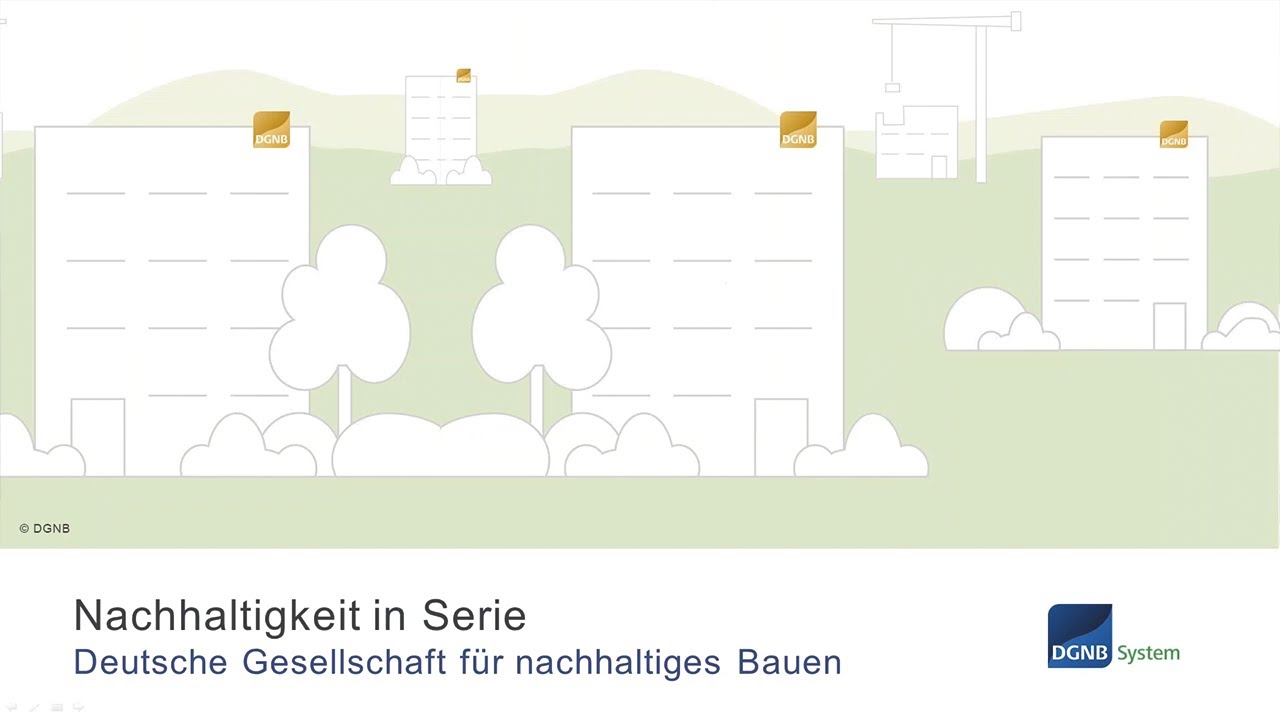When buildings of the same use and comparable typology are built in different locations, this is referred to as multiple and serial certification. In the case of multiple and serial certification, a basic standard, which all buildings have, is assessed on the basis of the standard building description and the requirements of the respective DGNB System. Each building constructed according to this certified building description receives its own DGNB Certificate after the relevant documents are submitted and verified. Multiple or serial certification thus enables building owners and auditors to simplify, speed up and thus reduce the cost of documentation for individual buildings.
The DGNB Certificate provides independent quality assurance.
The certifiable schemes include:
- Multiple certification New Construction: Consumer markets, Hotels, Logistics, Offices, Production, Buildings In Use
- Multiple certification Interiors: Office, Shopping; planned: Hotel, Gastronomy
- Serial certification: prefabricated houses
Note: The serial certification form is only used for the Small Residential New Construction scheme. The multiple certification form is used for all DGNB schemes except the Small Residential New Construction scheme.
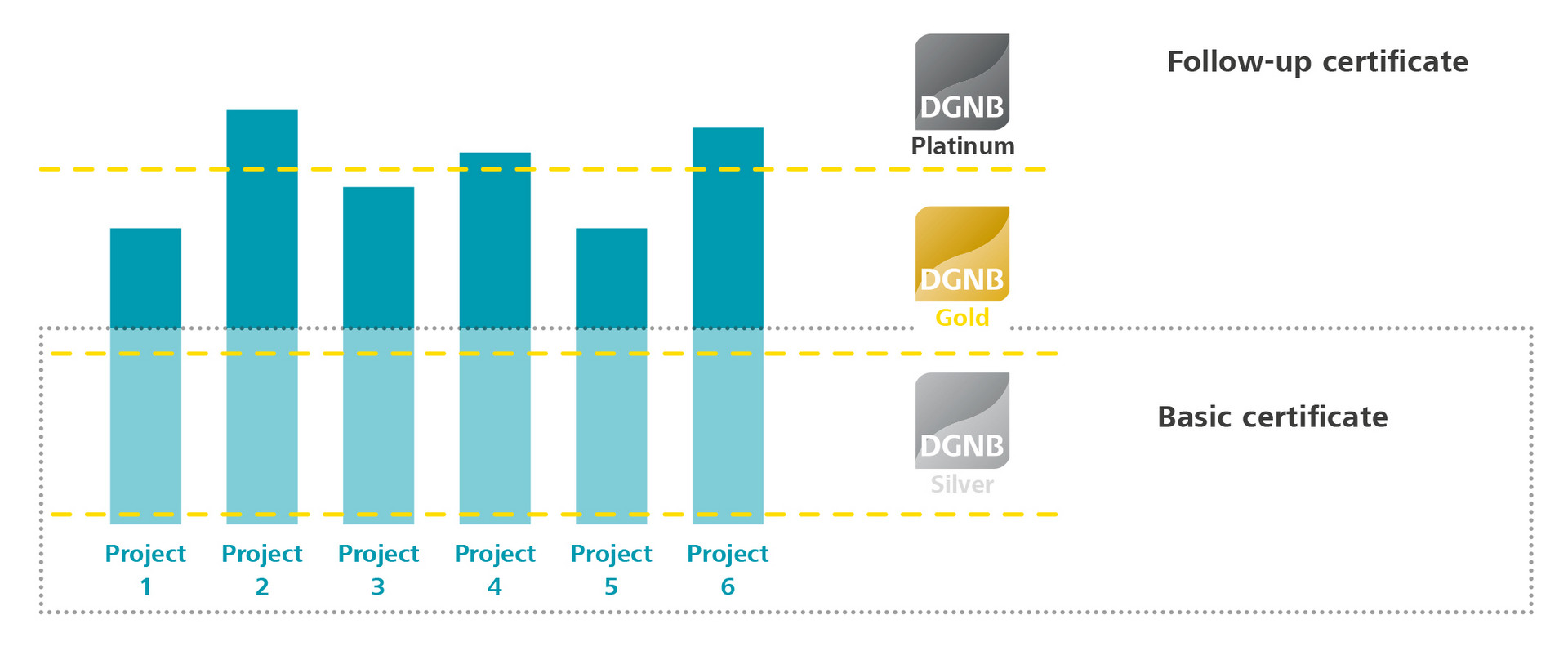
The experiences of projects certified according to this principle so far have shown that approximately 70 percent of the criteria and their documentation are covered by the underlying model building description.
Certification costs
For multiple certification, the cost of the basic certificate is fixed at €20,000 for DGNB members and €30,000 for non-members. For follow-up projects, the costs are determined on a project-specific basis, as they depend on the number of variable DGNB criteria still to be verified. These are therefore determined in agreement with the DGNB.
The following costs apply for the multiple certification of projects according to the Interior scheme.
For serial certification of small residential buildings, the costs are 12,500 euros for DGNB members and 17,500 euros for non-members. The costs for follow-up projects depend on the number of projects to be certified per year.
Procedure for multiple or serial certification
Once the project has been officially registered, the applicant concludes a contract with the DGNB, which carries out the conformity assessment, for the basic certificate in accordance with multiple certification/series certification. The contract is based on a scheme and a model building specification specific to the project. If these are changed or updated, the contract must be adapted accordingly.
For the basic certificate, the following documents must be submitted to the DGNB certification body in paper form:
- Sample building and performance specification
- Architect's guide, excerpts if necessary
- If necessary, care instructions
- Quality standards (e.g. QDF) if necessary
- If necessary, descriptions of the building automation
- Documentation sheets signed by the auditor for each criterion (documentation of results for DGNB Certification)
- General information on the editors
- Document requirements for submission (DGNB Certification)
- Evaluation matrix
- All necessary planning documents of the variants (floor plans, sections, etc.)
- Other verification documentation
- Complete verification on CD
Preparation of the DGNB requirements specification as a basis for the corresponding individual certifications of the buildings (the requirements specification defines the form/type and scope of the submission documents that are still required).
After the basic certificate has been awarded, the DGNB prepares a project-specific specification. This forms the basis for the verification of the following certification projects and thus defines the submission documents in terms of form/type and scope of the required documentation.
The client must inform the DGNB immediately of any changes to the model building description, the construction work, the planning process and the operating concept.
These changes must also be documented in an addendum to the Basic Certification Agreement and the Framework Agreement.
Framework agreement
After the basic certificate, the terms and conditions for the projects to be certified are contractually documented in a framework agreement. For individual certificates, one contract is sufficient or pre-defined individual contracts are concluded subsequently.
Each individual certificate is then registered as usual.
Project registration
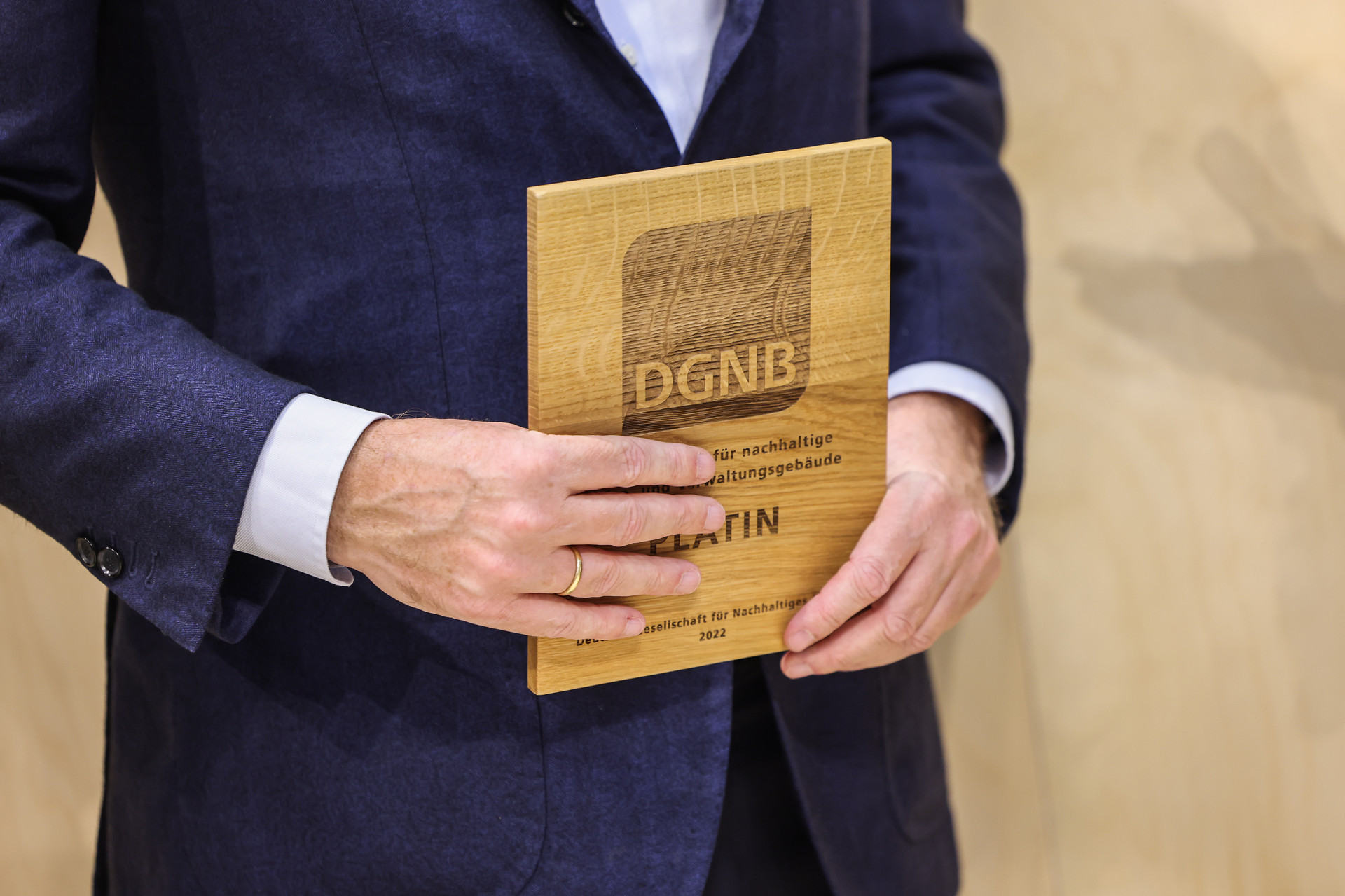
To register a project, clients must first commission a DGNB Auditor. This auditor can then register the project. Auditors also accompany the entire process and carry out the verification and submission to the DGNB. They are active worldwide and specialise in particular schemes.
Frequently asked questions
| Multiple certification | Serial certification |
|---|---|
| For all DGNB schemes (except small residential buildings/prefabricated houses ≤ 6 residential units) that are identical in construction at different locations. | For the new construction of small residential buildings/prefabricated houses (≤ 6 residential units) that are identical in construction at different locations. This applies to all types of prefabricated houses (timber, solid houses, etc.). The following levels of construction are certifiable: turnkey, painter-prepared/almost-finished and finishing houses. The possibility of a combined basic certification must be agreed with the DGNB. |
| Multiple certification | Serial certification |
|---|---|
The general system principles for the scheme must be fulfilled. The processes, building qualities and properties defined in the model building description must apply as far as possible to all projects to be certified, which thus cover a large number of defined DGNB criteria. Building criteria that cannot be presented in a standardised way are handled and submitted on a project-specific basis. These deviations should be coordinated with the DGNB. . | The general system principles for new construction of small residential buildings must be fulfilled. The processes, building qualities and properties defined in the model building specification must apply as far as possible to all projects to be certified, which thus cover a large number of defined DGNB criteria. Building criteria that cannot be presented in a standardised way are handled and submitted on a project-specific basis. These deviations should be coordinated with the DGNB. |
| Multiple certification | Serial certification |
|---|---|
Benefits building owner The DGNB offers a recognised and independent certificate that is defined by clear specifications and processes. With multiple certification, a common verification basis is created for all projects, which is documented in the model building description or in the requirements specification. Benefits:
Benefits for users: The DGNB Certificate offers a higher efficiency of the construction project, a higher building quality through energy-efficient and low-pollution buildings. In addition to low energy costs, it thus creates a considerable plus in the quality of work, life and living. | Benefits prefabricated house manufacturers The DGNB offers a recognised and independent certificate that is defined by clear specifications and processes. The series certification creates a common verification basis for all projects, which is documented in the model building specification or in the specifications. Benefits:
Benefits for house builders: The DGNB Certificate offers a higher efficiency of the construction project, a higher building quality through energy-efficient and low-pollution buildings. In addition to low energy costs, it thus creates a considerable plus in the quality of work, life and living.
|
Yes, an auditor is required for both multiple and serial certification. A DGNB Auditor is required for the submission of the verification documents for the basic certificate and follow-up projects. In addition, the auditor is an important advisor and sustainability expert for the pre-check for certification classification and optimisation potential of the model building description. Together with the auditor, the client optimises the model building specification by investigating variants and the resulting minimum requirements for achieving the desired award or total performance index.
| Multiple certification | Serial certification |
|---|---|
In cooperation with the auditor, the client compiles the model building specification with variant investigations. The model building specification consists of:
| In cooperation with the auditor, the client compiles the model building specification with variant investigations. The model building specification consists of:
|
| Multiple certification | Serial certification |
|---|---|
| As a rule, this is already available to the applicant/builder and, if necessary, is adapted in consultation with the auditor in the sense of the DGNB Certification. | As a rule, this is already available to the applicant/manufacturer of prefabricated houses and, if necessary, is adapted/optimised in consultation with the auditor in terms of DGNB Certification. |
| Multiple certification | Serial certification |
|---|---|
In cooperation with a DGNB Auditor, the client defines which criteria can be verified in a variant analysis using the model building description or on a project-specific basis. The assessment in the project-specific verification is carried out according to the "worst case scenario" or standard principle, or according to a purely project-dependent consideration, depending on relevance. In this context, the auditor must demonstrate how the common features of the individual building variants (in terms of materiality, floor plans, building services, etc.) can be ensured. The multiple certifications carried out so far have shown that approximately 70% (average of all multiple certified projects) of the criteria and their documentation are covered by the underlying model building description. For these, no further verification is required for the projects to be certified. Common/general bases can be, for example, the description of the building, the building materials used and the contractors, etc. Examples of verification:
| Together with a DGNB Auditor, the client defines which criteria can be verified in a variant study using the model building description or on a project-specific basis. Depending on the relevance, the assessment is carried out according to the worst-case scenario, the frequency (for series certification) or the standard principle, or on a purely project-specific basis. In this context, the auditor has to demonstrate how the commonalities of the individual building variants can be ensured (e.g. inclusion of several distribution lines and building types for series certification, etc.). The series certifications carried out so far have shown that approximately 85% of the criteria and their documentation are covered by the underlying model building description. For these, no further verification is required for the projects to be certified. Common/generally valid bases can be, for example, the building description, the building materials used and executing companies/operators, etc. Examples of verification:
|
Once the basic certification has been completed, the project-relevant requirements specification is compiled by the DGNB. It serves as the basis for the corresponding individual certifications of the buildings and defines the type and scope of the submission documents that are still required. Among other things, fixed and purely project-specific/variable criteria are presented in lists.
| Multiple certification | Serial certification |
|---|---|
| The costs for the basic certificate of a multiple certification are fixed and amount to €20,000 for DGNB members and €30,000 for non-members. For follow-up projects, the costs are determined on a project-specific basis, as they depend on the number of variable DGNB criteria still to be verified. | Costs consist of certification fees and fees for the auditor's services. The certification fees depend on the number of individual certifications per year and the type of DGNB membership. |
Your contacts
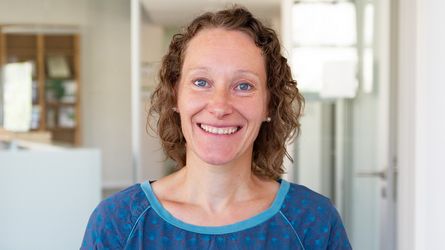
Andrea Schwitalla
Senior Consultant Multiple Certification
- Phone: +49-711-722322-85
- Email: a.schwitalla@dgnb.de
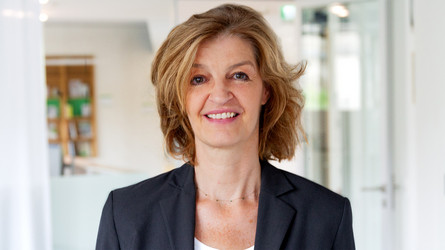
Angelika Bandke
Senior Consultant Serial Certification
- Phone: +49-711-722322-44
- Email: a.bandke@dgnb.de
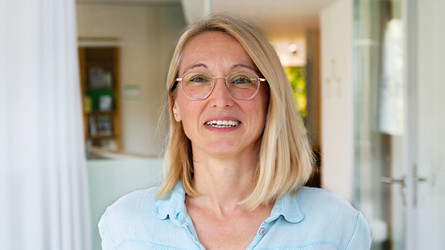
Dr. Consolata Russelli
Senior Consultant Multiple Certification
- Phone: +49-711-722322-177
- Email: c.russelli@dgnb.de

